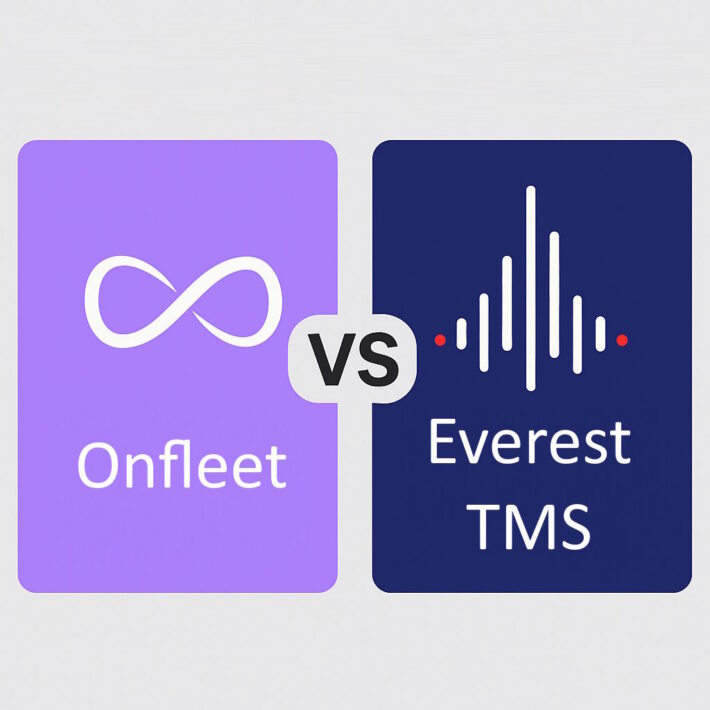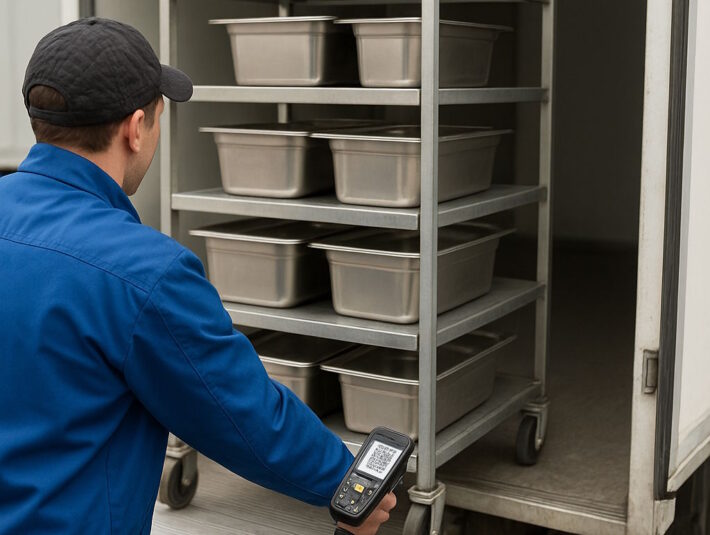What Features Should You Expect from a Good TMS in 2025?

Transport management has become a strategic issue for logistics, distribution, and e-commerce companies. In 2025, a good TMS (Transport Management System) no longer simply plans routes: it must be intelligent, connected, automated… and customer experience oriented.
So, what are the must-have features in a TMS in 2025? Here are the 8 essential pillars to make the right choice.
1. Intelligent Route Planning
Manual planning is over! A modern TMS must integrate:
- automatic route optimization (time, distance, costs),
- consideration of constraints (time windows, vehicle types, sensitive deliveries),
- dynamic replanning in case of unexpected events (delays, cancellations…).
👉 Objective: reduce empty kilometers and improve productivity.
2. Real-time Tracking and Geolocation
A good TMS offers complete visibility in the field:
- real-time tracking of vehicles or delivery personnel,
- notifications in case of anomalies or delays,
- sharing of ETA (Estimated Time of Arrival) with customers.
👉 Key for better management and a frictionless customer experience.
3. Proof of Delivery Management (POD)
In 2025, digitalization of proof of delivery is essential:
- photos, electronic signatures, comments,
- centralization and secure archiving,
- automatic verification (thanks to AI, as with PodChecker.ai).
👉 To avoid disputes and accelerate billing.
4. Dashboards and Performance Analysis
The TMS must provide customizable KPIs:
- on-time delivery rate, number of km, cost per package,
- carrier or route performance,
- exportable reports for audits or CSR.
👉 To make the right logistics decisions, based on reliable data.
5. Seamless Integrations with Your Ecosystem
A good TMS must be able to easily integrate with:
- your ERP, WMS, or CRM,
- your billing or customer relationship tools,
- third-party APIs (Google Maps, SMS, email, etc.).
👉 Interoperability is a huge time-saver and avoids double entries.
6. Mobile Experience for Drivers
The mobile interface has become a central field tool:
- application for drivers/delivery personnel,
- checklists, package scanning, integrated GPS navigation,
- reporting of incidents or customer comments.
👉 The TMS must support mobile teams.
7. Automation of Repetitive Tasks
A good TMS in 2025 allows automation of:
- sending customer notifications,
- creating routes from orders,
- exporting data or generating reports.
👉 Less administrative work, more efficiency.
8. CSR Tools and Carbon Footprint Calculation
Finally, a modern TMS must contribute to your sustainable commitments:
- CO2 emissions estimation,
- tracking of the most efficient routes,
- prioritization of low-emission vehicles.
👉 To combine logistics performance and environmental responsibility.
Conclusion: TMS, the Brain of Your Transport Strategy
In 2025, a TMS is no longer just a logistics tool. It’s a true control cockpit that connects your teams, your tools, and your customers. It saves you time, reduces your costs, and helps you better manage your operations.
🔍 And you, does your TMS check all these boxes?
EVEREST, the TMS Designed for Delivery Professionals
At EVEREST, we have designed a simple, powerful, and ultra-connected TMS, designed for demanding players in transport, urban delivery, logistics, and retail.
✅ Automatic route optimization
✅ Real-time tracking and digital proof of delivery
✅ Customized dashboards
✅ ERP, WMS, CRM integrations
✅ Integrated AI assistant for planning, dispatch, and data analysis
👉 Want to see EVEREST in action?
📅 Request a demo and discover how our TMS can transform your transport operations.



